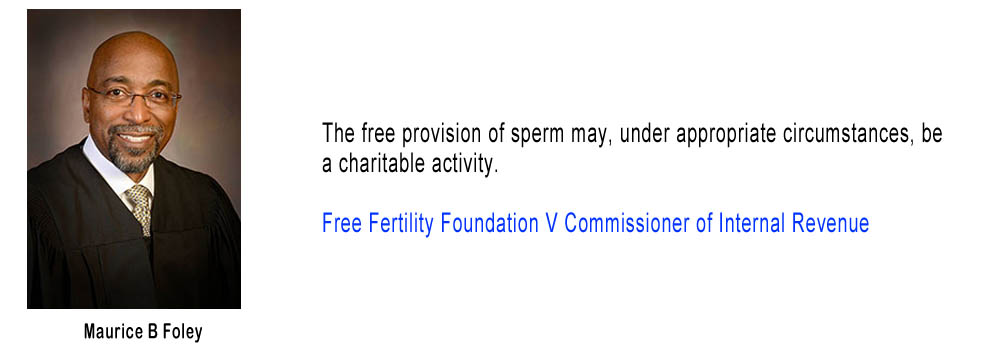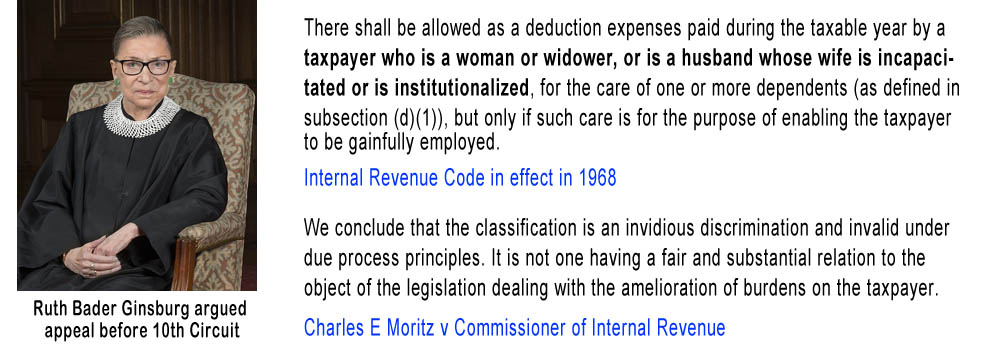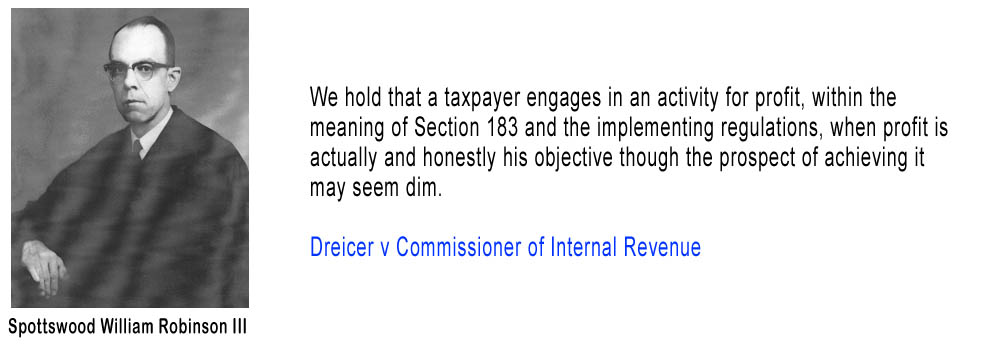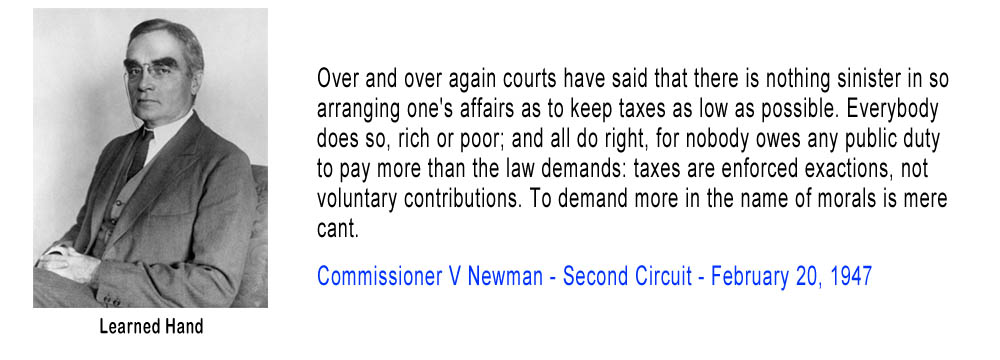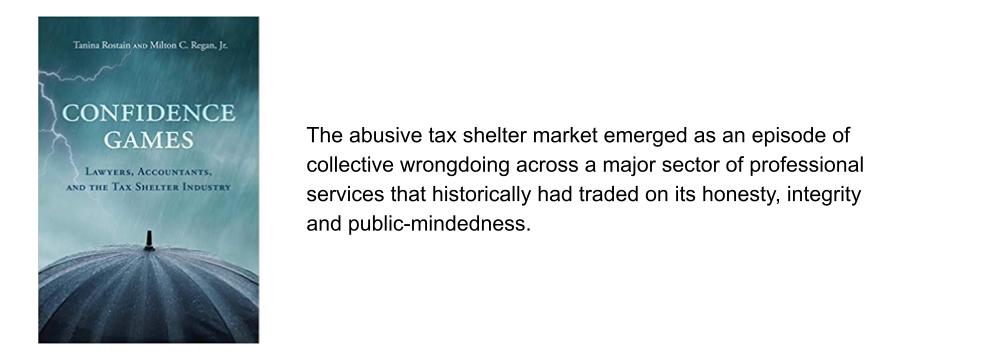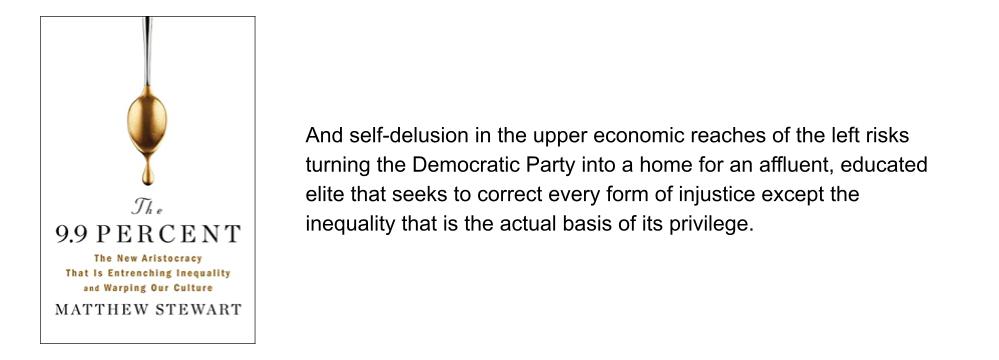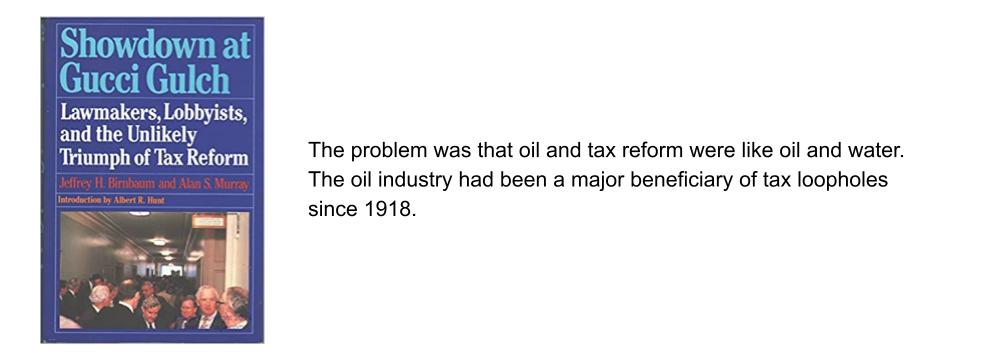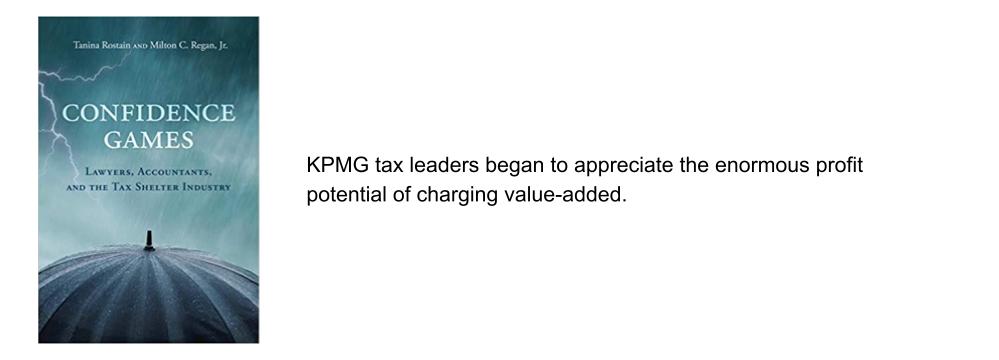Originally published on Forbes.com Nov 24th, 2014
Although it has lost ground to the limited liability company, the S corporation is still a pretty popular business form. Unlike a non-electing corporation, an S corporation does not pay corporate income. Shareholders report the income on their returns. The S corporation keeps track of income that has been taxed to the shareholders. Distributions of that income are not considered taxable dividends.
Corporations can move in and out of S status, although it is not something that is done lightly. There can be periods where a corporation that is reinvesting its income will have better current cash flow as a C corporation by paying, or somehow dodging corporate income tax, than it will have by distributing just enough for the shareholders to pay their taxes. It is tempting to elect out of S status during a period like that, although fraught with peril if there is any chance the business might be sold or the shareholders become hungry for distributions.
Given that, I am not one to recommend moving between C and S status. So a question that the chief counsel just answered (CCA 201446021)about S corporation accounting had never crossed my mind. I was surprised by the answer and people inclined to move back and forth between S and C might find it disturbing. It concerns the Accumulated Adjustment Account, which is a little tax geeky, so if you don’t mind, I’m going to explain it in terms of jelly beans. I like red and orange jelly beans and don’t like black jelly beans, so if your taste preferences are different you might want to change the colors, but here we go.
Imagine that the equity section of a corporate balance sheet is a jar of jelly beans. You start the corporation out by putting in the original capital – orange jelly beans. It might be a really thin layer. If the corporation doesn’t make any money you can take out those tasty orange jelly beans, but of course they will run out before long. You of course want the corporation to be profitable and it is. You started it out as a C corporation so the jar is beginning to fill up. Only it is filling up with black jelly beans. The technical term for black jelly beans is “earnings and profits”. When you take black jelly beans out they are taxed as dividends. That is why they are so bitter. You can’t get to the orange jelly beans unless you eat all the black ones first, which might give you a stomach ache.
So you make an S election. Now the jar starts filling up with red jellybeans. Those are tasty. You want to be careful that you don’t take them all out and start eating the black ones. The red layer of jelly beans is labelled the “Accumulated Adjustments Account” AAA. I am not going to push this analogy to explain why you terminated your S election, but let’s just say you did. You have about a year – the post-termination transition period or PTTP to take out red jelly beans. After that you have to start eating the black ones first again.
What I thought happened when you terminated the S election was that somebody dumped out the jar, put the orange jelly beans on the bottom, then the red jelly beans and then the black ones on top.
Well as long as you remained a C corporation that is good enough. As long as you remain a C corporation you don’t get to eat any red or orange jelly beans until you have eaten all the black ones. Where things got surprising is when you become an S Corporation for the second time. What happens to that Accumulated Adjustment Account from the first time you were an S Corporation? That’s what the taxpayer who requested the ruling was asking about.
The taxpayer represents that it converted from C to S to C and back to S to take advantage of individual and corporation tax rates available at the time of each conversion. The taxpayer requested a ruling regarding whether its AAA balance from its first S period ($q) survived the period between the end of the PTTP and Date 4.
The answer that they were hoping for was that the jar was dumped out the orange jellybeans went on the bottom, then the black jellybeans and then the red ones. So even if there were no immediate profits they could start eating the old red jelly beans. They are probably sorry that they asked.
IRC Sec(s). 1368(e)(2) , which defines “S period” as most recent continuous period during which corp. has been S corp., requires that corp.’s AAA be “reset” at end of post-termination transition period. So, AAA would be zero after corp. reelects S corp. status after intervening C corp. period.
The Accumulated Adjustment Account (AAA) from the first S period is entirely gone and can never be brought back. If you were playing Magic, it would be like one of the cards you have to remove from your graveyard. When you revoked your S election, you did not just move the black jelly beans on top. You turned the old red jelly beans into orange jelly beans, doomed to be among those last consumed.
Even though, at first blush, it might appear that a corporation that fails to distribute its AAA during the PTTP will lose the ability to make tax-free distributions of previously taxed income when it re-elects S corporation status in a subsequent period, we do not believe this is the case. Rather, the corporation retains the ability to make tax-free distributions from the shareholder’s outside basis, it simply must distribute out of its E&P first. Thus, we believe the question becomes one of a timing difference, not a permanent difference in the taxability of corporate distributions.
Did you get that? The Chief Counsel wants you to be grateful that your red jelly beans were just turned orange and not black. Thanks Chief.



